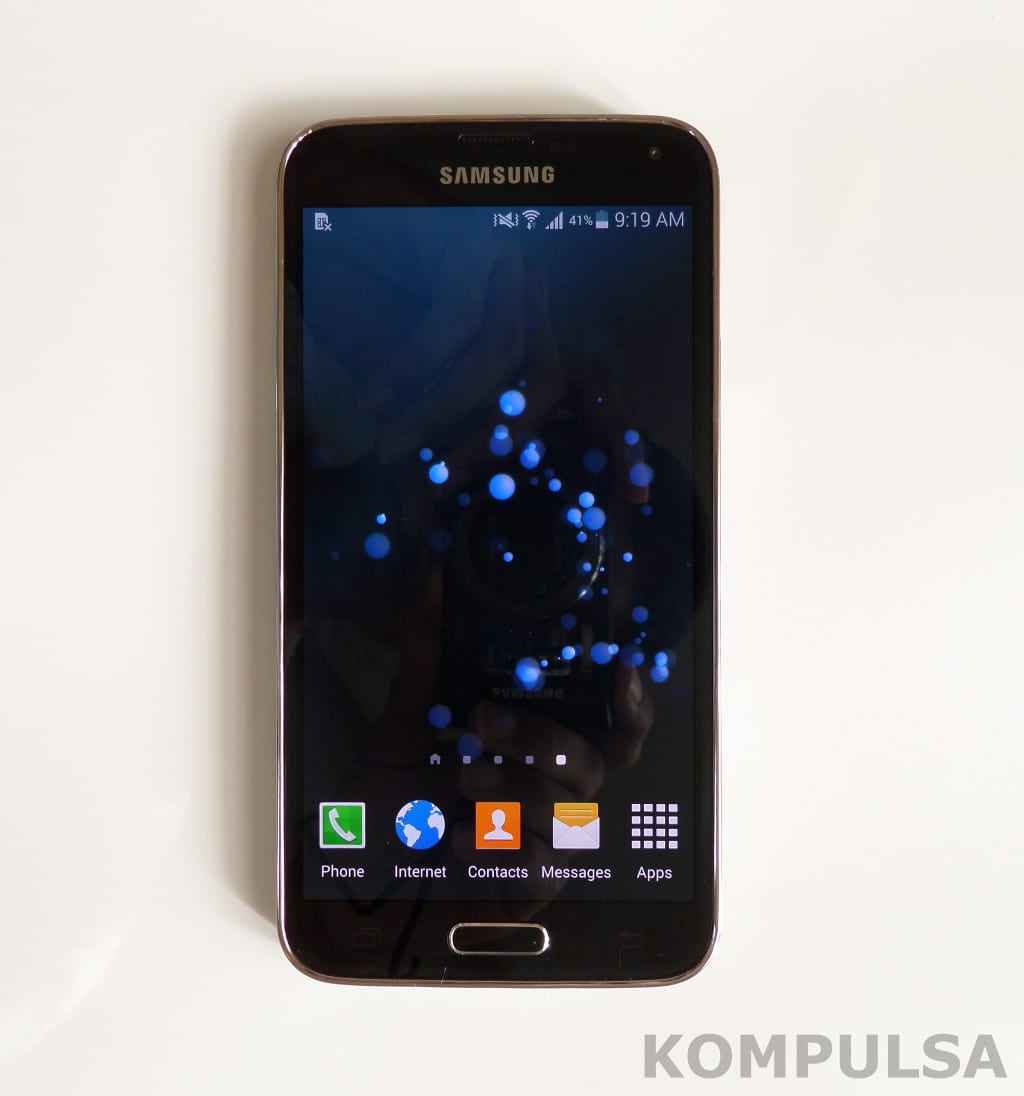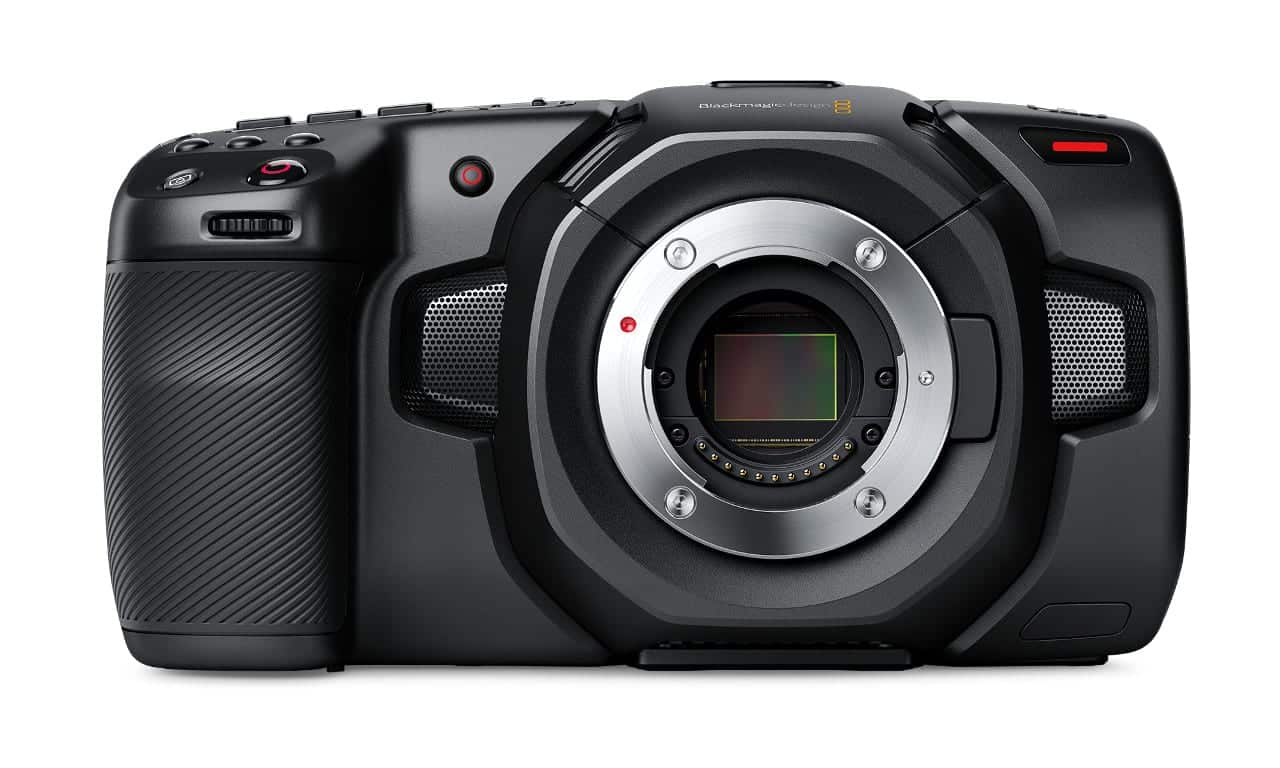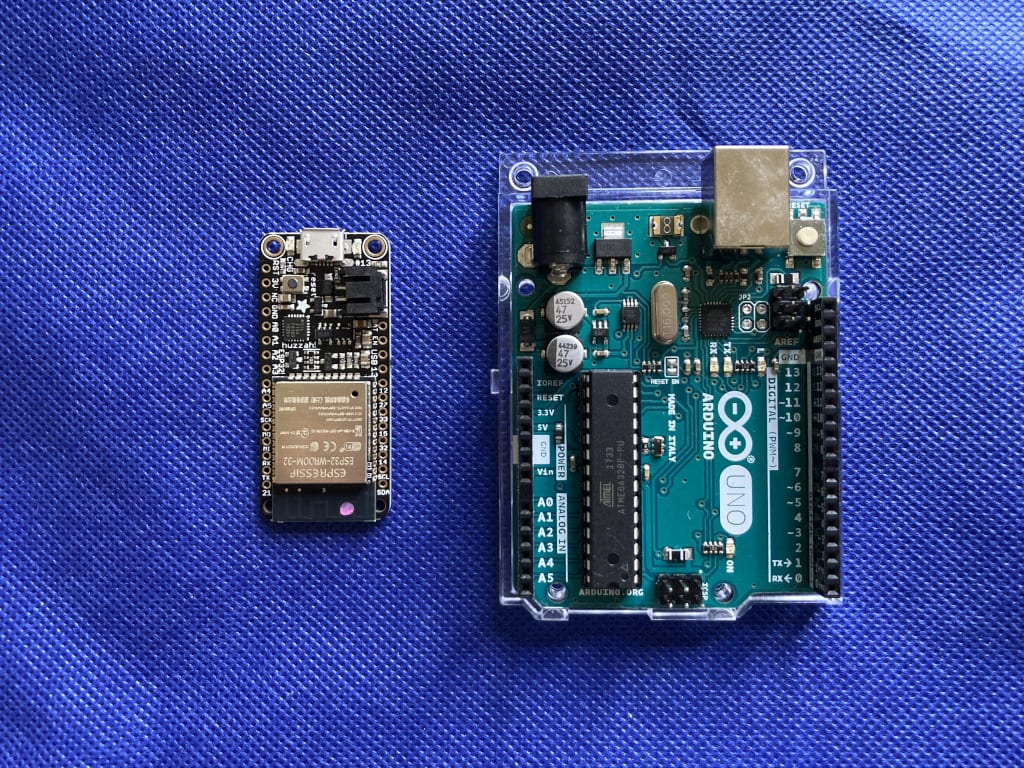In March, Samsung released the Samsung Galaxy S7 and S7 Edge, which were impressively powerful, but marked the second time Samsung released a phone with a screen that curved around the edges, so you’d end up holding the screen all the time.

Despite the fact that it’s a great way to show off Samsung’s technical prowess and OLED screen designs, are curved screens worth it to consumers? It depends on the application, and how they’re implemented. A foldable or rollable screen could certainly be beneficial. Users could unfold a tiny pocket-sized handset into the equivalent of a massive 10″ iPad with such technology. That is far more useful than curving the edges of a screen like they did with the S7 Edge.
Samsung has now designed the S7 Active with a ‘Shatter Resistant’ screen. Shatter resistant technology like this could help stave off the consequences of owning today’s slippery, shatter-prone glass handsets. However, I have to ask — Is it enough? First of all, the Samsung Galaxy S7 Active is the model with the shatter resistant screen. This model is made specifically for unusually dangerous scenarios, and does not have a curved screen. A phone like the S7 Edge with a screen that curves around the edge needs to be shatter resistant in any scenario, because it’s just too hard not to break, even if you’re just on a picnic.
Touch sensitive phone screens do need to be made of glass, or at least a material as smooth as glass, otherwise they’ll feel rough (and some of the plastic alternatives are dirt magnets which scratch easily), but the issue of fragility has only intensified with the advent of glass screens.
For now, the Samsung Galaxy S7 Active is a step in the right direction, offering the performance of the other S7 models in a more durable package, and with a bigger battery.







